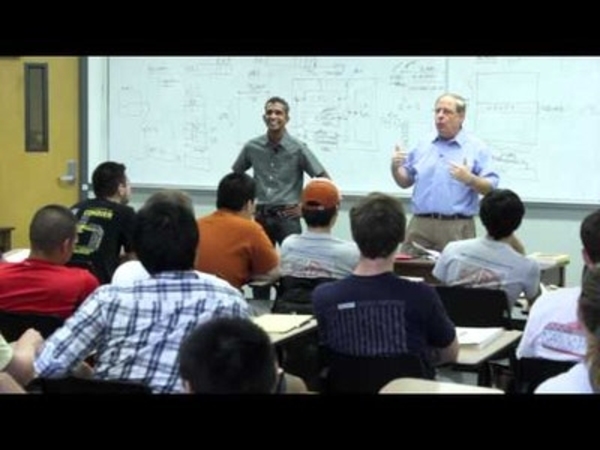Price:
2154 EUR
Contact
The University of Texas at Austin
Description
Learn how electronic gadgets are designed, developed, and built as embedded systems that shape the world.
This is part one of a two part sequence. Together these are hands-on, learn-by-doing courses that show you how to build solutions to real-world problems using embedded systems. In this course, we take a bottom-up approach to problem solving, building gradually from simple interfacing of switches and LEDs to complex concepts like a microcontroller-based pacemaker, digital lock, and a traffic light controller. We will present both general principles and practical tips for building circuits and programming the microcontroller in the C programming language. You will develop debugging skills using oscilloscopes, logic analyzers, and software instrumentation. Laboratory assignments are first performed in simulation, and then you will build and debug your system on the real microcontroller. At the conclusion of this part 1 you will possess the knowledge to build your own traffic light controller from the ground up.
This is the fourth time we have offered this course. Since the reviews have been overwhelmingly positive we do not plan major changes over the previous offerings of the course. We did however break the large class into two smaller classes. There are eight labs in part 1 and six labs in part 2. Students can pick and choose a subset of labs to achieve certification. The three labs that students found most rewarding in this part were designing the software algorithm for a demand pacemaker, interfacing switches and LEDS, and the finite state machine traffic light controller.
To complete this course, you will be required to purchase a Texas Instruments TM4C123 microcontroller kit and a few electronic components.
This microcontroller has a state-of-the-art ARM Cortex-M4 processor.
We will provide instructions about purchasing the kit and installing required software at: http://edx-org-utaustinx.s3.amazonaws.com/UT601x/index.html.
Specific details
Category of Education
Technology and Engineering
